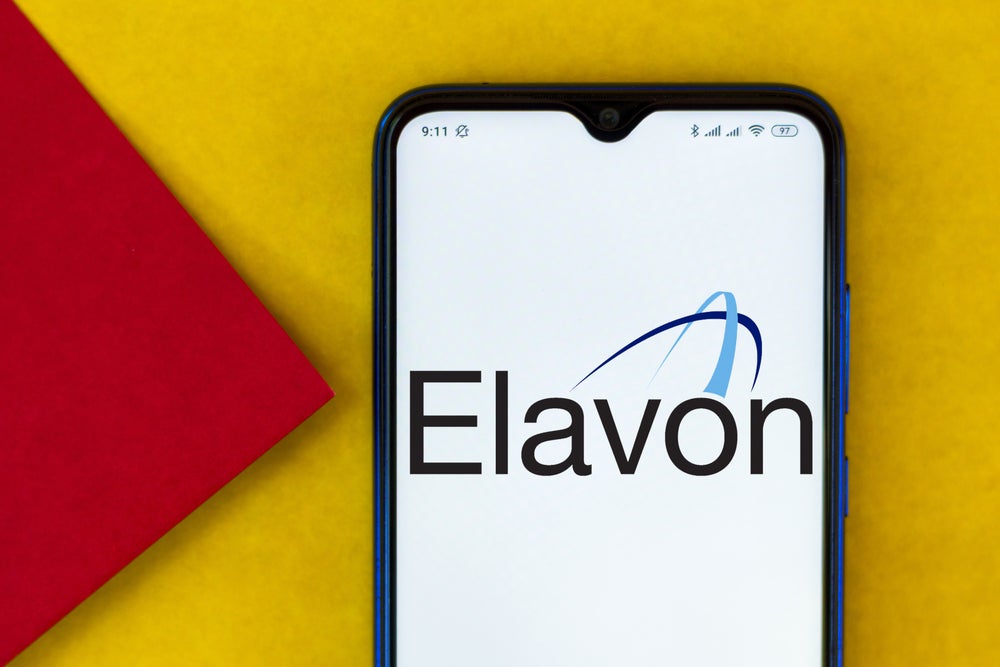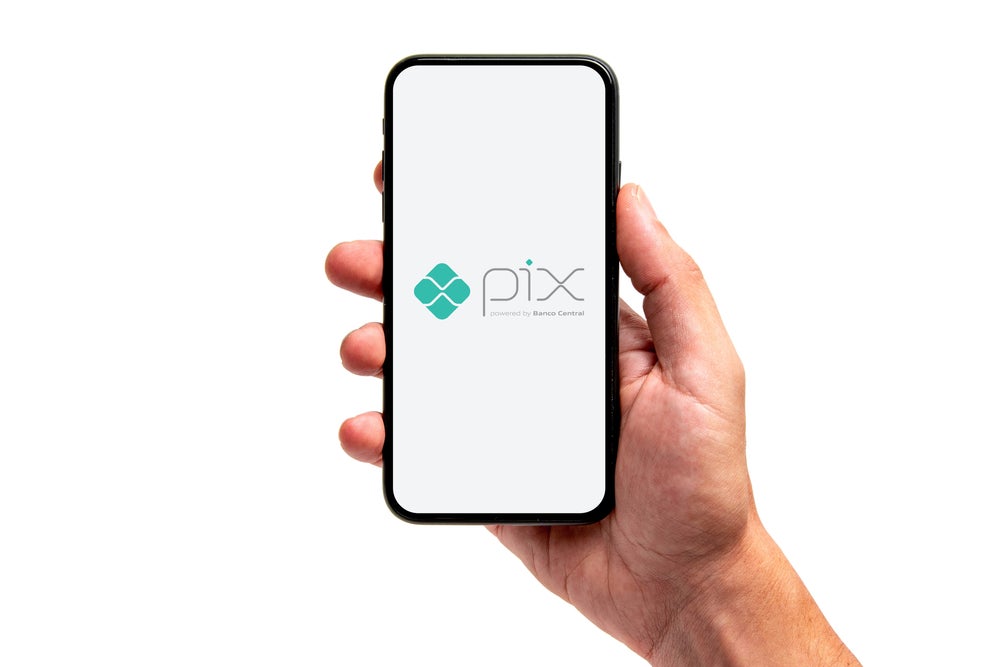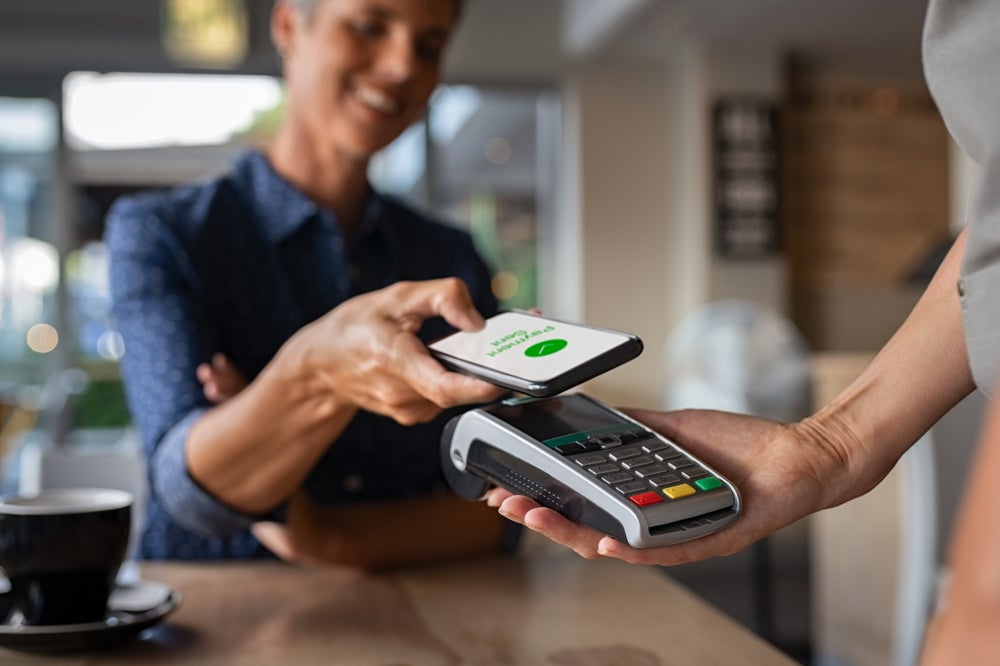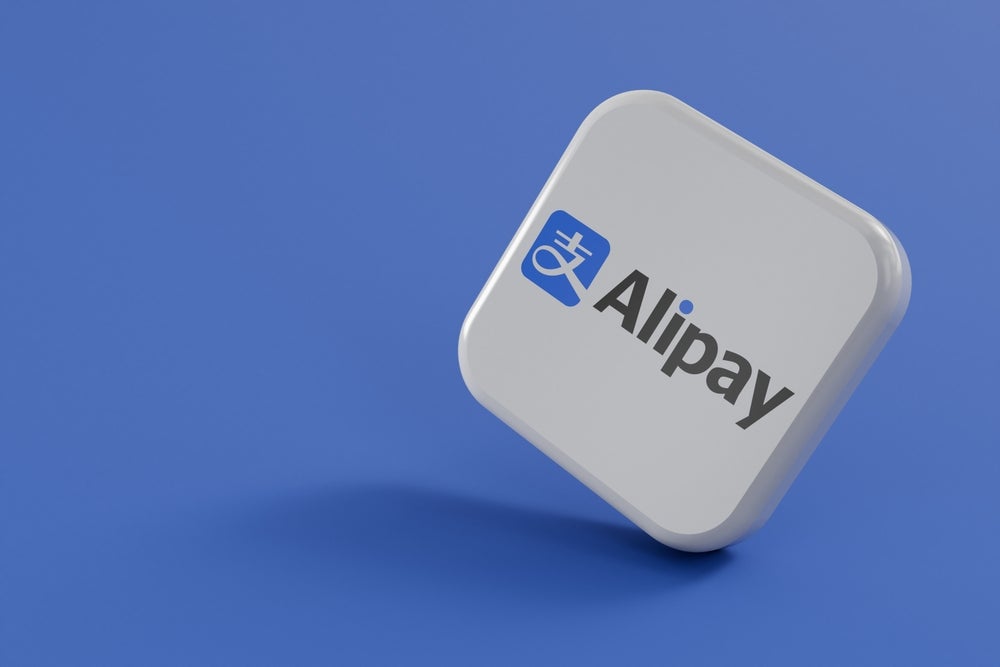London’s prepaid transit card system, Oyster, is finally moving to an open loop system, allowing commuters to use their regular contactless credit and debit cards. Ellie Chambers talks to Shashi Verma of Transport for London about the move to open loop, the spectre of card clash and the future of transit cards
In February 2011, London’s famously bumbling mayor, Boris Johnson, made the unexpected announcement that the city’s transit scheme was moving to an open loop system.
Johnson had made the announcement earlier than expected and as Transport for London’s (TfL) press office scrambled to get a press release out, details of the proposed changes began to emerge.
At the time, TfL confirmed that it had been working on moving to an open loop system for some years and said that not only would Londoners be able to use their regular, bank-issued, contactless cards on all London’s buses in time for the Olympics, but that the same would be true of the whole Oyster network by the end of 2012.
So why, three years after that announcement, are we still waiting?
Why the wait?
How well do you really know your competitors?
Access the most comprehensive Company Profiles on the market, powered by GlobalData. Save hours of research. Gain competitive edge.

Thank you!
Your download email will arrive shortly
Not ready to buy yet? Download a free sample
We are confident about the unique quality of our Company Profiles. However, we want you to make the most beneficial decision for your business, so we offer a free sample that you can download by submitting the below form
By GlobalDataShashi Verma, director of customer experience for TfL is unabashed about the delay, putting it down to external factors.
He says: "We entered into an agreement with the Department for Transport to support the implementation of their ITSO system on our network due to which we had to delay the implementation by a year.
"Accordingly, the live proving of the system started in November 2013. We were also then interrupted by the changes to the fares revision announced during the Chancellor’s autumn statement.
"The system went into an industry pilot in February and a customer pilot in April, in preparation for a customer launch further this year."
However, he is reluctant to be pinned down to an exact time scale on the open loop system being rolled out for Tube, tram, DLR, Overground and National Rail services, scheduled to happen some time this year.
"We are in pilot now. Towards the end of last year we had three months of testing with staff, and then in February we started to invite people the payments industry, so employees of MasterCard, Visa, to join the pilot.
"There are now 1,000 non staff members using their banking contactless cards on the TfL network.
"I can’t give you a more detailed time scale, because we just want to let it knock around for a bit. The more we do, the more data we can collect, the more information on payments behaviour we can feed back in."
On the buses
Although TfL was unable to make good on its promise of an open-loop system on the buses in time for the Olympics, it was launched in 2012 and has grown steadily since.
The success of the system has been so great that TfL announced earlier this year that bus drivers would cease to accept cash from 6 July. Most customers seemed perfectly happy with the plans, a third of respondents agreeing with plans to stop cash payments, and three quarters saying they already used other payment methods cash on buses.
"15 years ago, 25% of payments made on the buses were made in cash. Now it’s 1% and all of those people have common characteristics," says Verma.
"They are either regular Oyster users who have run out of balance or they are infrequent visitors to London. That’s it, there is no third category."
Verma says that there are multiple safety nets around the cashless system, ensuring that as few passengers as possible miss a bus for lack of a contactless card.
One of these safeguards, the "one more journey" function, is common to a number of transit systems around the world, from Canada’s Prestocard to Hong Kong’s Octopus card network:
"For those who have run out of money on their card we have the "one more journey" function, where your card will go into negative balance.
"So we have the Oyster card, we have the contactless banking card, we have the "one more journey" feature and the last safety net is that our drivers are trained to never leave a vulnerable person behind.
"If you are in Leicester Square with a lot of people around, you are not vulnerable, but if you’re in Romford at two in the morning on a Tuesday after locking up your restaurant and you’ve got no other support, you’re vulnerable."
As Verma himself admits, infrequent visitors to London feature heavily amongst those who currently use cash, prompting concerns that they could find themselves excluded from bus travel. But he is sceptical about how much of a problem this will be come 6 July.
"Tourists are a lot more organised than you think. They are informed, they will have bought their Oyster cards – they’re probably more organised than most Londoners.
"And, in London, you’re never more than 250 metres away from somewhere you can buy or top up an Oyster card."
Card clash
It’s hard to talk about contactless transit cards without the spectre of card clash rearing its ugly head.
As recently as March, a freedom of information request forced TfL to reveal that, since the launch of open loop on the buses, £11,000 had been refunded to 1,800 customers who had unwittingly paid twice their fare due to card clash.
Similar problems have afflicted the Ventra card scheme in Chicago, with some customers’ Chase cards been charged instead.
With the open loop system being rolled out across the whole TfL network, it might be expected that instances of card clash would become more and more frequent. However, Verma says this is not the case:
"We will not see any more instances of card clash than what we are seeing so far. The customer education campaign and back office improvements are actually making it less frequent."
It is true that it is now almost impossible to walk through a London Underground station without being admonished by a disembodied electronic voice to keep your Oyster and contactless cards separate.
In addition, NFC-shielded wallets are widely available online, as are suggestions on how to NFC-proof your wallet, which usually involve bits of foil. Although TfL does not condone these homemade solutions, all this suggests that the problem has permeated the public consciousness.
While changing to an open loop system meant a costly overhaul of the associated hardware, it also had the advantage of giving TfL the opportunity to make back office improvements that should reduce the instances of problems like card clash.
Verma says: "We have 23,000 card readers across the whole network so the cost of that was about 15 to 20m. A lot of that came out of the ITSO budget.
"Our card readers weren’t at the end of their life and we have had them since 2000, but we had to upgrade them to comply with ITSO standards. They should now last for 15 to 20 years."
The upgrade has also allowed the introduction of new security features. Although TfL is still relying on the inbuilt card security to a certain extent, they have implemented new measures at the reader.
"The cards have a very high level of security built into them, which we are relying on to do the transaction between the card and the reader.
"Beyond that we have built two new aspects to security that are now widely recognised as best practice. Transactions will get encrypted at the reader before being transported to our middle office.
"At the middle office transactions will get unencrypted and then tokenised. In the back office it is only the tokenised transactions that are processed.
"This limits the systems that hold bank card numbers and therefore need to be made secure."
TfL was also able to include some measure of future proofing, as Verma goes onto say that, as with many contactless card readers, the Oyster card readers will detect no difference between contactless cards and NFC mobile wallets.
While NFC is far from emerging as the dominant form of mobile payments, if it does, this could extend the life of the current card readers.
Looking ahead
So what’s in the future for the London transport network? Well, for a start, it’s hoped that the integration of bank-issued contactless cards with the Oyster network will encourage their wider spread use in general.
Verma certainly believes the open loop system will have a knock-on effect in the retail environment.
"The only comparable use of micropayments is the mobile phone industry."
And allowing passengers to travel on the TfL network with their normal contactless cards is only the start of their integration with the system. TfL has a five step plan and is currently only in the second phase.
"Phase 1 was the introduction of contactless cards on buses, although without daily capping. Phase 2 is the introduction across all transport modes in London, along with daily capping and also introducing weekly capping.
"Phase 3 will provide customers the ability to link season tickets to their contactless cards. Phase 4 will migrate pre-paid Oyster cards from legacy technology to contactless technology. Phase 5 will see a shutdown of legacy technology."
If Verma is to be believed, the time is approaching when all you will need is your standard, bank-issued, contactless card for the world, or at least London, to be your Oyster.
The only question is, since it’s taken TfL over a decade from the introduction of Oyster to get even this far, how long will it take?







